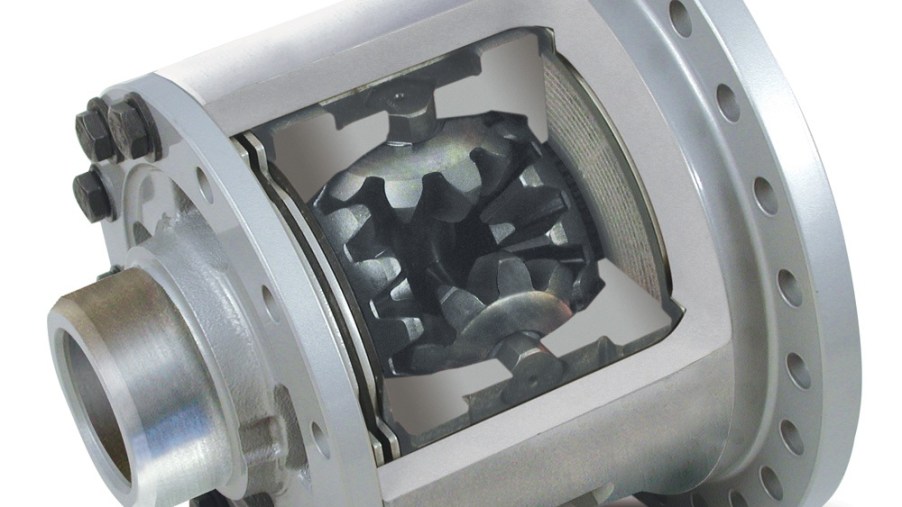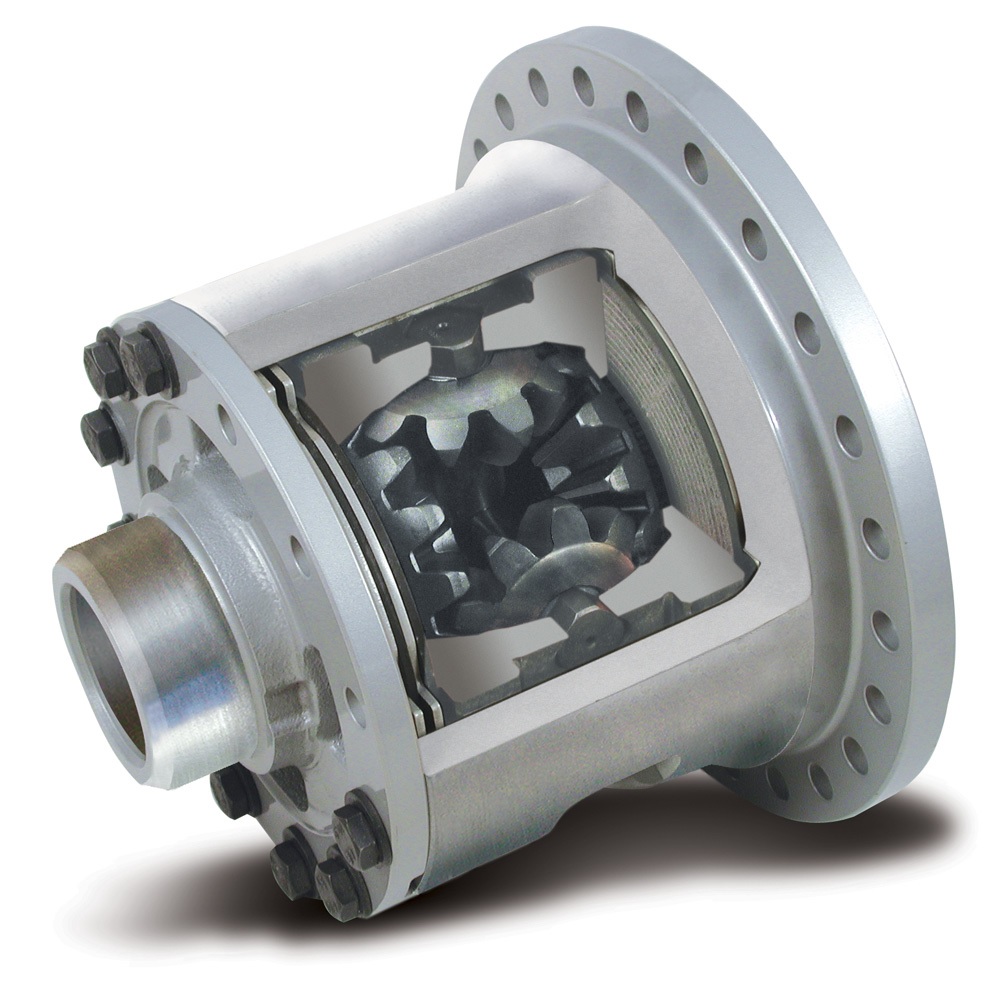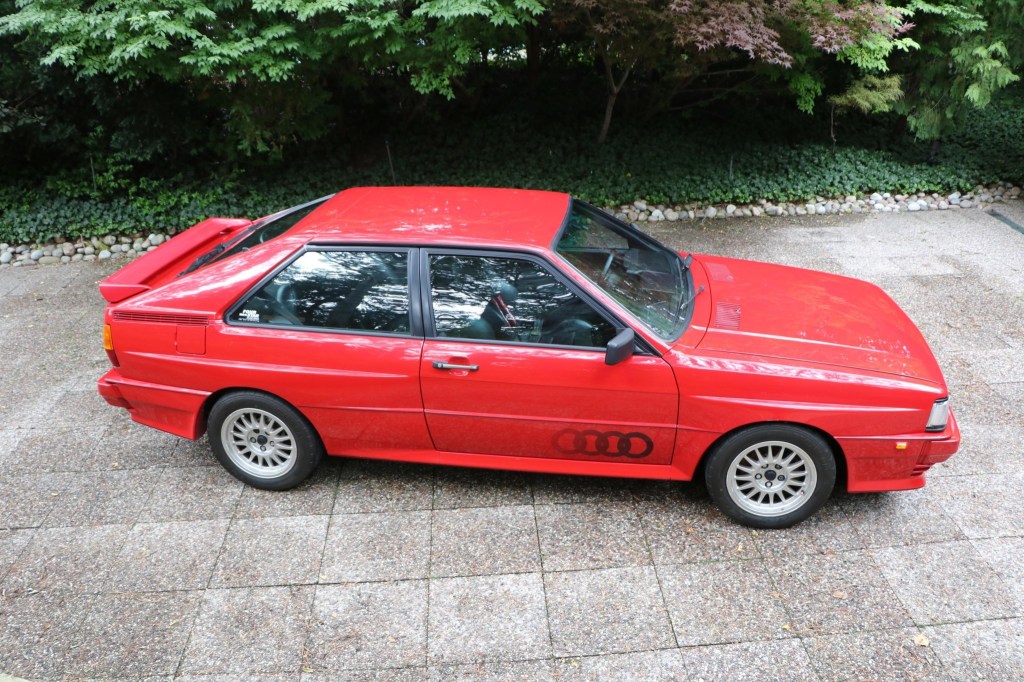
What Makes a Limited-Slip Differential Desirable?
It’s a technology that’s found in many performance cars, from Mazda Miatas to police-spec Crown Vics. It’s found a place in JDM icons and hot hatches. Some rally SUVs even had multiple ones. It’s the limited-slip differential. But what exactly does it do, and why is it so desirable?
What does a differential do?
The differential actually dates back to before the first modern car, Donut Media reports. That’s because the technology doesn’t only work for automobiles.
In a corner, a car’s drive wheels cover different distances: the inside wheel travels less than the outside one. But because they’re spinning at the same speed, the car would fishtail and skid around. A differential, however, prevents that, while also allowing the drive wheels to move somewhat independently.
Inside the differential is an assortment of gears, which mesh together and allow the inside wheel to spin at a different speed than the outside wheel. The gears inside a differential also determine the vehicle’s axle ratio, which determines how much power a vehicle can put down to the ground. It’s also what allows GMC to claim the EV Hummer truck makes 11,500 lb-ft: that’s axle torque, not motor torque.
Most vehicles use an open differential, which is basically just that combination of interlocked gears. However, its big drawback is that it can’t compensate for a loss in wheel traction. That’s where a limited-slip differential comes in handy.
What makes a limited-slip differential different?

As Speedway Motors describes, when an open-differential-equipped car hits a patch of ice or oil with only one of its drive wheels, engine power follows the path of least resistance. That means that the open differential is sending all the power to the wheel with no traction. One wheel spins, the other doesn’t move, and you’re left either stuck or skidding.
A limited-slip differential, as the name implies, limits this slip. This type of differential, DSport Magazine explains, add clutches or additional gears into the mix. When one wheel starts to slip, the clutches engage and limit power delivery to that wheel. This, Road & Track explains, cuts down on wheelspin and improves traction. And limited-slip differentials aren’t just useful on the road: race cars and off-roaders use them, too.
However, they do cost more than open differentials and require more maintenance. It’s worth pointing out, though, that differential fluid doesn’t really last the lifetime of the car.
Limited-slip differentials used to purely rely on mechanical parts to operate. Now, however, there are electronically-controlled limited-slip differentials, which allow even more precise control. There are also ones with viscous couplings, which require less maintenance and are smoother than clutch-type LSDs. But they lose efficacy as they heat up, CarThrottle reports, and can’t quite lock-up like other types of LSDs.
When a locked diff comes in handy
If you have an all-wheel-drive or four-wheel-drive vehicle, you’ll find a locking differential, if not necessarily a limited-slip differential. Some, like the Mercedes G-Wagon, have multiple locking diffs. Locking differentials split power and torque equally between the wheels they connect, while also allowing up to 100% of the power to go to a single wheel. Very useful for when your SUV or truck is trying to scramble over rocks on two wheels.

With 4WD vehicles, this locking is done with a transfer case, giving that 2Hi, 4Hi, and 4Lo arrangement. Audi’s ur-Quattro, however, created the modern AWD system by swapping it for a center differential. Some of these center differentials can lock, but usually, they just use clutches or viscous couplings to split torque front-to-back as traction demands, Outside Magazine reports.
There is one scenario, though, where a limited-slip differential isn’t preferred: drifting. Drifting is built upon getting vehicles to slide and break traction. There, a locked differential is significantly more useful. In fact, some drifters weld their differential gears together to make sure they stay locked in place. However, unless the vehicle in question will stay a track racer, this is strongly not recommended.
Follow more updates from MotorBiscuit on our Facebook page.


